Solar Panel
100 Watt Flexible PV Panel, 18V
120 Watt Flexible PV Panel, 18V
140 Watt Flexible PV Panel, 18V
150 Watt Flexible PV Panel, 18V
200 Watt Flexible PV Panel, 20V
240 Watt Flexible PV Panel, 18V
300 Watt Flexible PV Panel, 18V
420 Watt Flexible PV Panel, 33V
600 Watt Flexible PV Panel, 300W*2, 18V
A solar panel, also known as a photovoltaic panel, is a device that utilizes solar energy to generate electricity. It consists mainly of solar cells, which convert sunlight directly into electricity through the photovoltaic effect. Solar panels are usually arranged in a grid pattern and mounted in a support structure to form a group of photovoltaic modules. These modules can be described as a series of encapsulated and connected solar cells that are primarily used to convert solar energy into electrical energy. The primary material used in solar panels is silicon, which is one of the most direct and efficient forms of solar energy utilization among many others. Solar panels are used in a wide range of applications, including homes, commercial buildings, solar water heaters, and various portable power sources, among many others. Due to their high efficiency and environmental friendliness, solar panels are widely used and promoted worldwide.
High quality, high efficiency monocrystalline solar panels for sale. Monocrystalline solar panel is an assembly of several monocrystalline silicon solar cells assembled in a certain way on a single panel. The photoelectric conversion efficiency of monocrystalline solar cells is about 15%, with the highest reaching 24%, which is the highest photoelectric conversion efficiency of all types of solar cells. PowerHome sells high-efficiency monocrystalline silicon solar panels. Welcome to make your purchase.
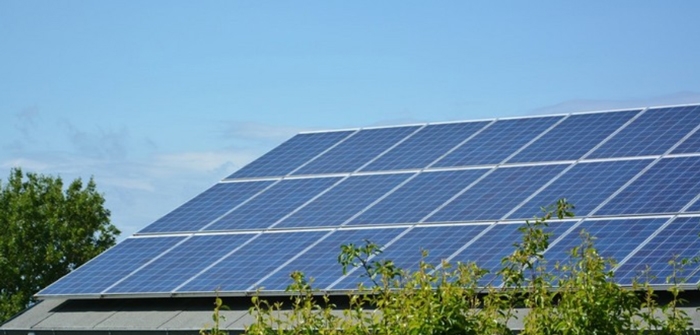
Principle of Solar Panel Power Generation
Solar panels utilize the principle of photovoltaic effect to convert sunlight into electricity. It works on the photovoltaic effect, the conversion of sunlight, and energy loss.
I. Photoelectric effect
The photoelectric effect refers to the fact that when light strikes the surface of certain substances, the electrons on the surface of the substance are excited to produce an electric charge by absorbing the energy of the light beam. This effect is the basis for solar panels to be able to convert light energy into electricity.
According to the principle of the photoelectric effect, when a specific type of material is illuminated by light, photons (particles of light) interact with atoms or molecules on the surface of the material. The energy of the photons is transferred to the electrons in the material, resulting in an increase in the energy level of the electrons, causing them to dissociate from the solid. This results in the formation of free electrons and positive ions. A free electron is free to move around, just like a charged particle.
II. Transformation of sunlight
Sunlight is composed of a series of photons with different wavelengths. When sunlight hits a solar panel, the surface of the panel reflects, absorbs, or transmits the light. Solar panels usually consist of multiple solar cells, each made of a semiconductor material, such as silicon. When photons of light interact with atoms or molecules on the surface of the semiconductor material, a photovoltaic effect occurs, creating an electrical charge. These charges are collected by wires, which create an electric current.
III. Energy loss
However, some energy is lost in the process of solar light conversion. The main energy losses include:
- Reflection: Part of the sun's rays will be reflected back on the surface of the solar panel and cannot be absorbed and utilized.
- Transmission: A portion of the light that passes through the solar panel is transmitted and again not absorbed by the solar cell.
- Heat loss: Part of the light energy is absorbed by the solar panel and converted into heat energy, which results in energy loss.
In order to minimize energy loss, solar panels are usually designed with the following measures:
- Reflective layer: A layer of reflective material coated on the surface of the solar panel can redirect the reflected light to the surface of the solar cell, increasing the absorption of light.
- Anti-reflective film: By coating the surface of the solar cell with an anti-reflective film, the reflection of light is reduced and the absorption of light is increased.
- Multi-layer structure: By stacking solar cells of different materials on top of each other, different wavelengths of light are each absorbed and utilized in the most efficient way.
In summary, solar panels work by utilizing the photoelectric effect to convert sunlight into electricity. The interaction of photons through the surface of the solar cell causes the electrons on the surface to be excited to produce an electric charge, which is collected through a wire to form an electric current. However, there are energy losses during the conversion process, including reflection, transmission and heat losses. In order to minimize energy losses, solar panels adopt a series of design measures to improve the efficiency of solar energy absorption and utilization.
Difference Between Monocrystalline and Polycrystalline Solar Panels
The main differences between monocrystalline silicon solar panels and polycrystalline silicon solar panels are materials, conversion efficiency, production costs and application scenarios. The following are the specific differences between the two types of solar panels:
- Material: Monocrystalline silicon solar panels use high-purity monocrystalline silicon material, while polycrystalline silicon solar panels use polycrystalline silicon material. The crystal structure of monocrystalline silicon solar panels is highly regular, with smooth electron movement, so the conversion efficiency is higher; polycrystalline silicon solar panels have an irregular crystal structure, which is made up of many grains put together, and the electron movement is subjected to greater resistance, so the conversion efficiency is relatively low.
- Conversion efficiency: The conversion efficiency of monocrystalline silicon solar panels is usually between 15% and 20%, while that of polycrystalline silicon solar panels is usually between 12% and 17%.
- Production Costs: Monocrystalline silicon solar panels have a complex production process that requires high temperature and high pressure conditions to grow single crystals for a long period of time, and therefore have a higher cost; polycrystalline silicon solar panels have a relatively simple production process and have a lower cost.
- Application Scenario: Monocrystalline silicon solar panels are suitable for applications under high temperature and high light conditions, such as the installation of solar energy systems in the homes of urban residents; polycrystalline silicon solar panels are suitable for low-temperature and low-light conditions, such as solar power stations and other large-scale projects.
(1).png)



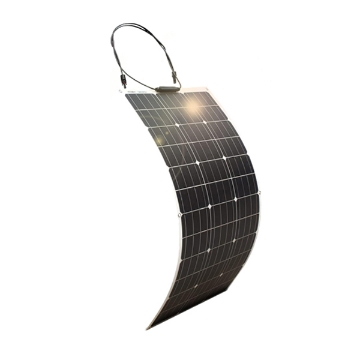
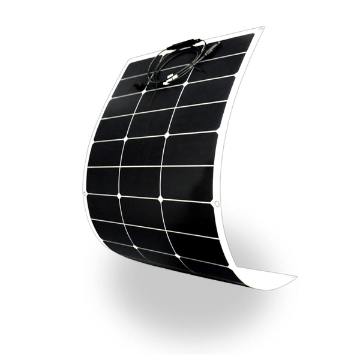
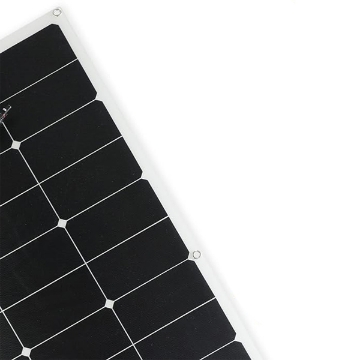

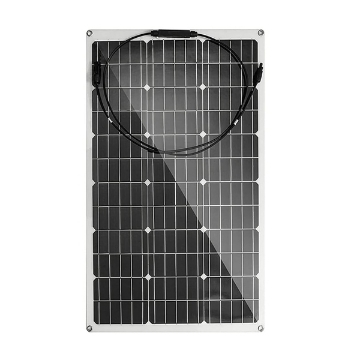

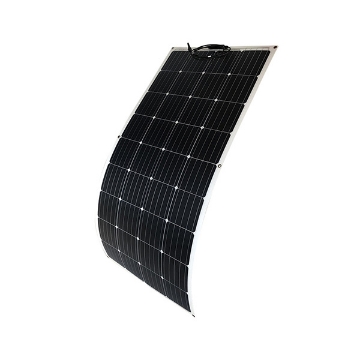
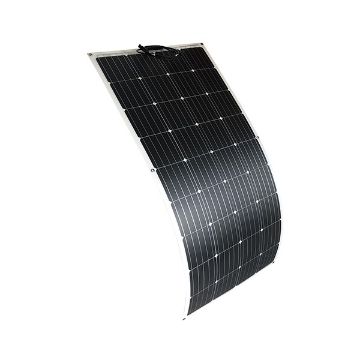
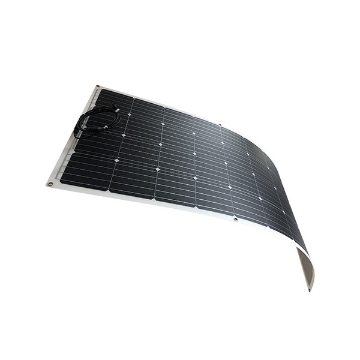
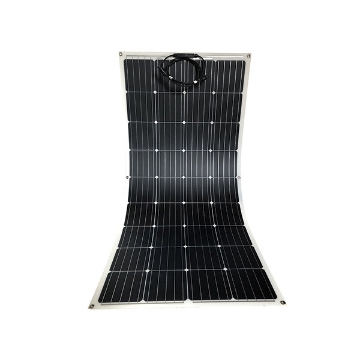


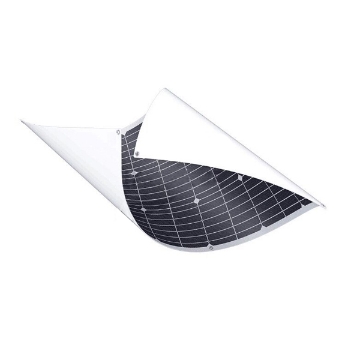




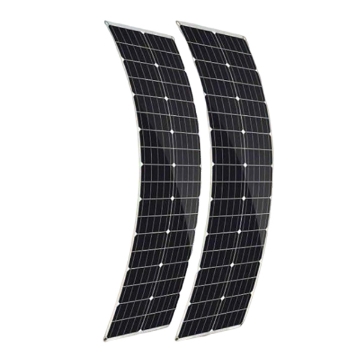


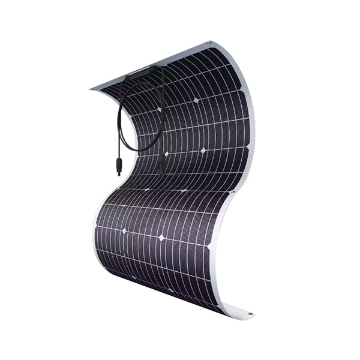
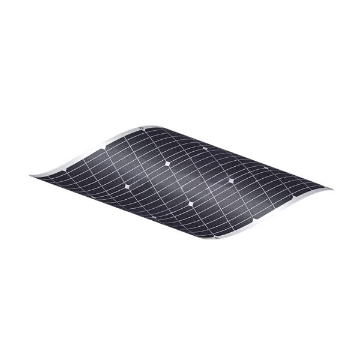
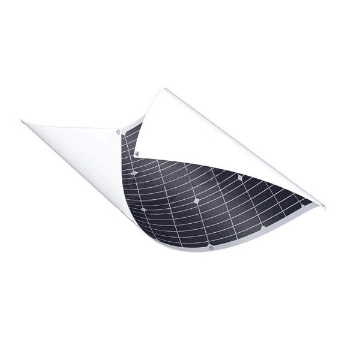
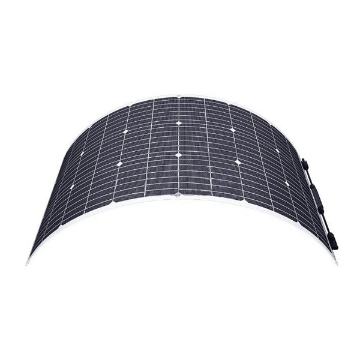



(1).png)